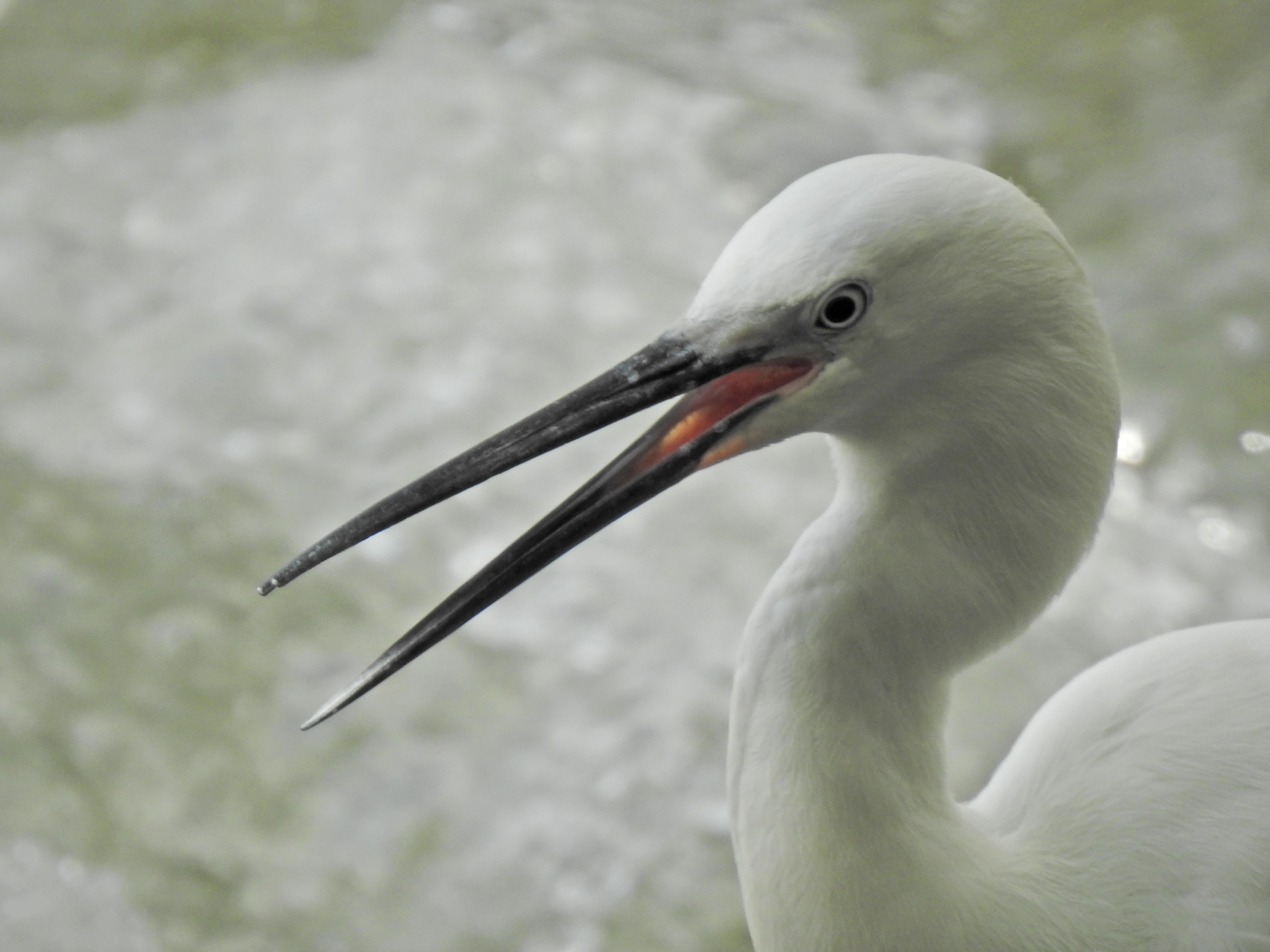Last Sunday, after a long 3-month break, we finally resumed our activities in the Lazio region, discovering the biodiversity that surrounds us.
The urban trekking and birdwatching path between the villas and monuments of the capital, as in previous editions, did not disappoint and surprises were not lacking. The same type of itinerary, in fact, depending on the period manages to offer different observations, including nesting, migratory, wintering and summer birds.
In the first part of the walk, which involved the Villa Celimontana, we contact several species related to the tree and shrub environments, including Common Whitethroat (Sylvia communis), Common Firecrest (Regulus ignicapilla) and Tree Sparrow (Passer montanus).
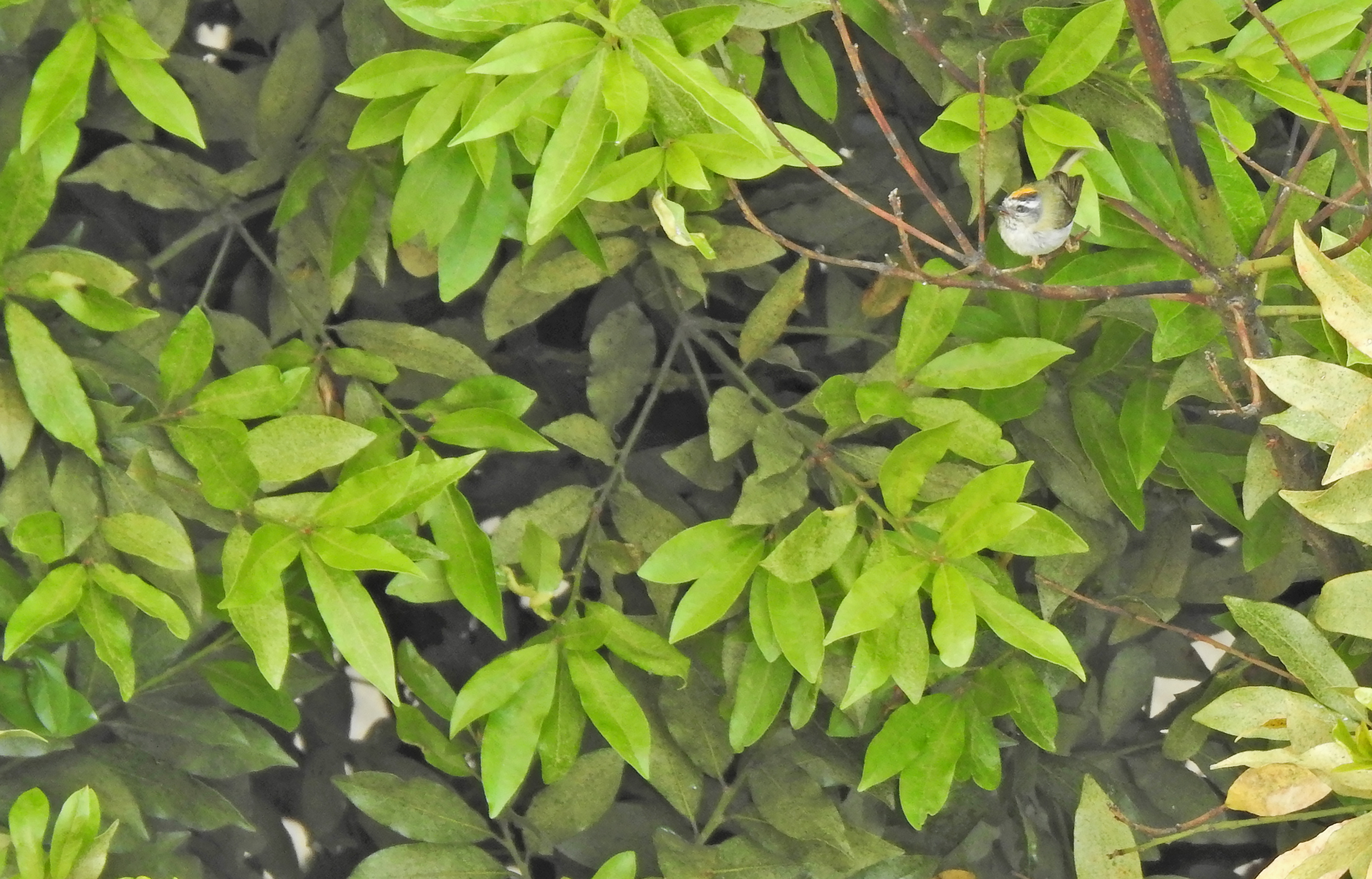
Among the avenues of this urban park, in addition to the winged city inhabitants, we are able to photograph a beautiful male of Podarcis muralis nigriventris. This subspecies of Common Wall Lizard, endemic to central Italy and observable even in the city center, is characterized by a particular livery that distinguishes it from other Italian and European populations.
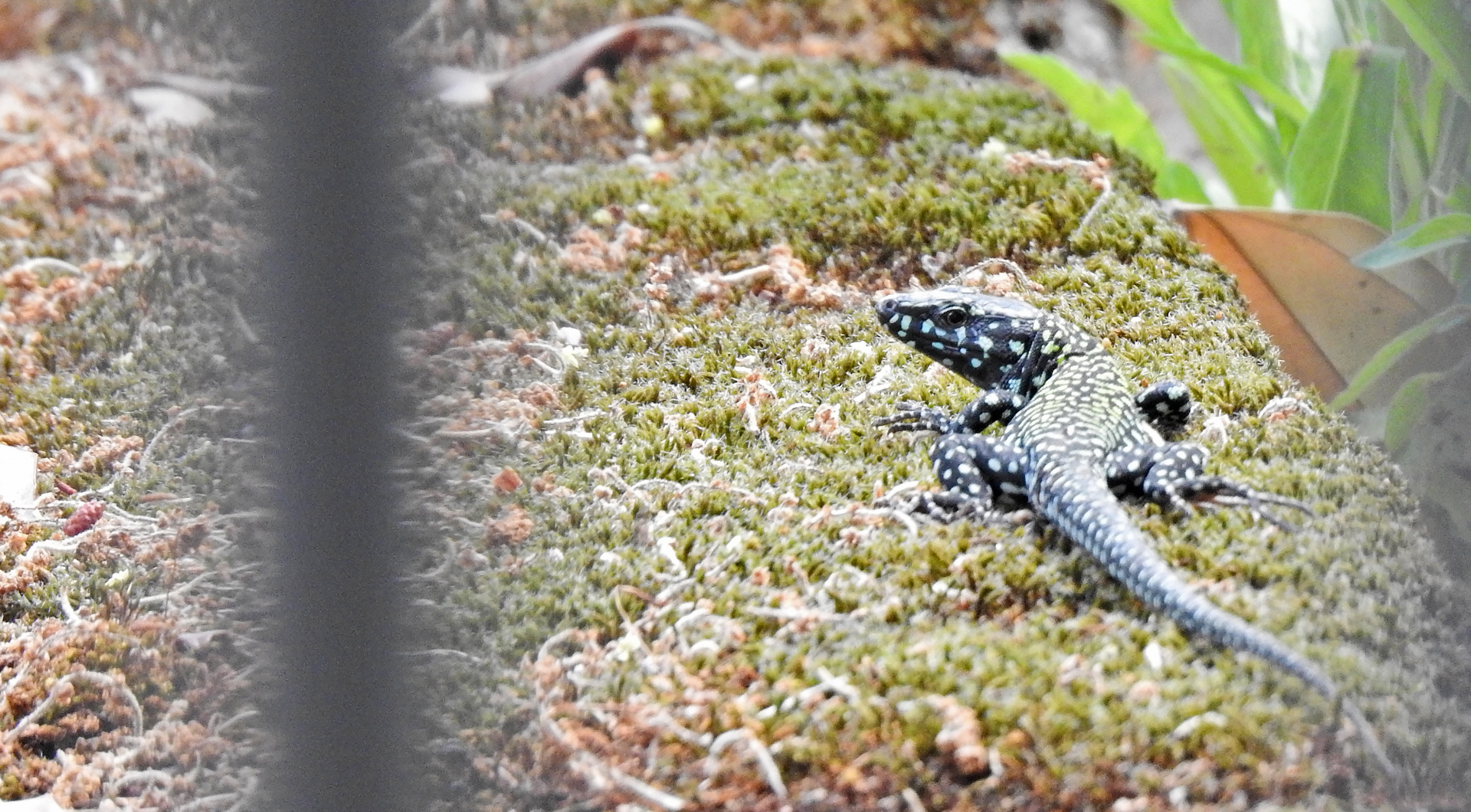
Crossing the Circus Maximus, we add to the checklist a Grey Heron (Ardea cinerea), a Peregrine Falcon (Falco peregrinus) and 4 Barn Swallows (Hirundo rustica). Once we arrive on the Tiber Island, we are greeted by a dozen of Common House Martins (Delichon urbicum) feeding on the waters of the Tiber. Here we also observe two individuals of Little Egret (Egretta garzetta), hunting along the river banks.
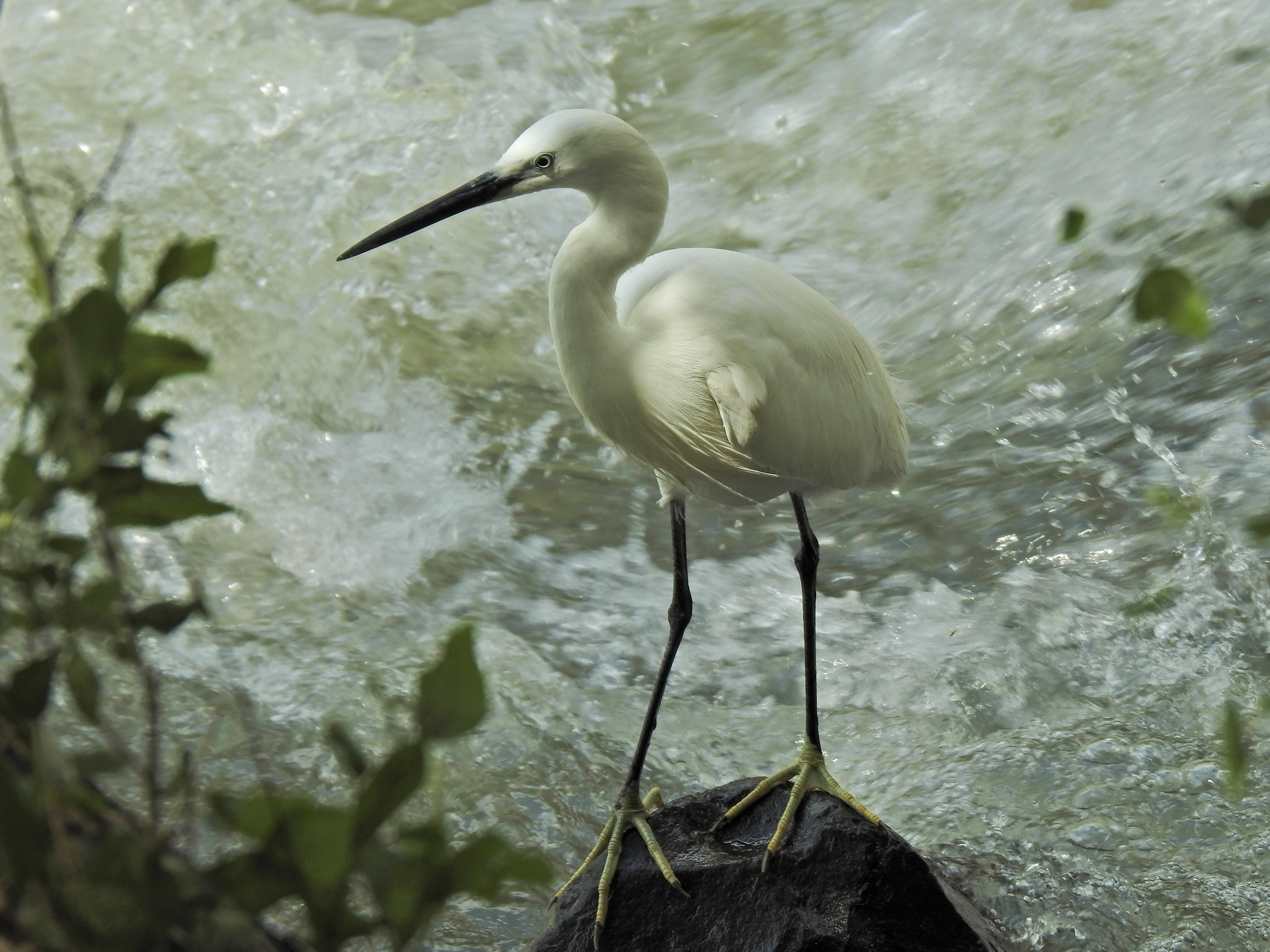
Continuing, among the nearby buildings of the Jewish Ghetto we find ourselves in the presence of a real condominium: on the same construction, while the roof is occupied by 3 chicks of Yellow-legged Gull (Larus michahellis), a species increasingly linked to the urban environment, the cornices are dotted with the Common House Martin characteristic nests.
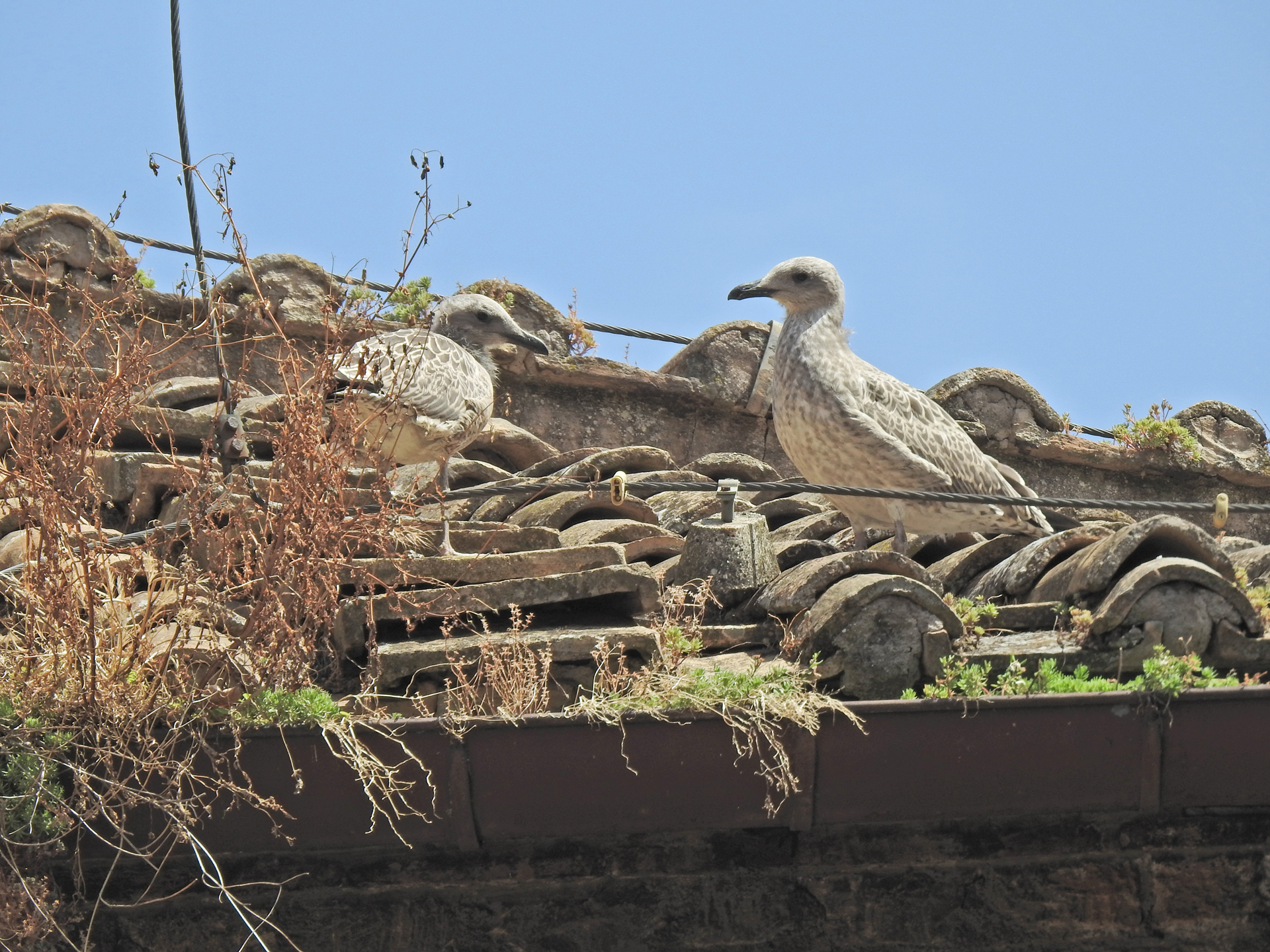
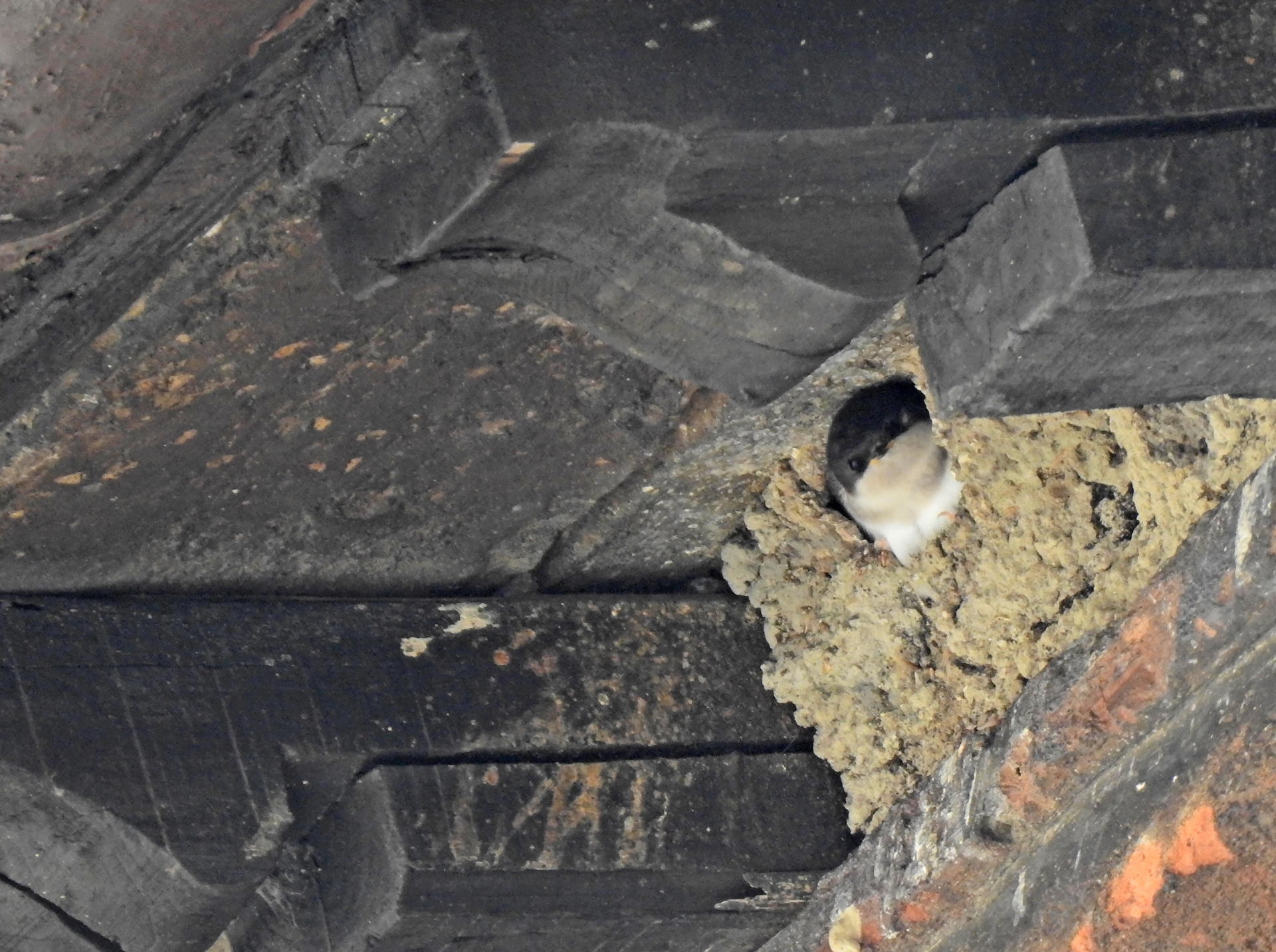
We conclude our morning along the Imperial Fora, with the observation of the Short-toed Treecreeper (Certhia brachydactyla). This small Passerine is extremely adapted to life on the vertical surfaces represented by tree bark and finds in the city pines a perfect refuge for nesting and feeding on small insects.

In July we will repeat this hike (click here for more information), as well as proposing further events, both in the city with a new urban trekking that will affect the inhabitants of the Tiber river, and a few steps from Rome: nature walks in the Veio Regional Park, birding weekend in Tuscia and much more … we can’t wait!
